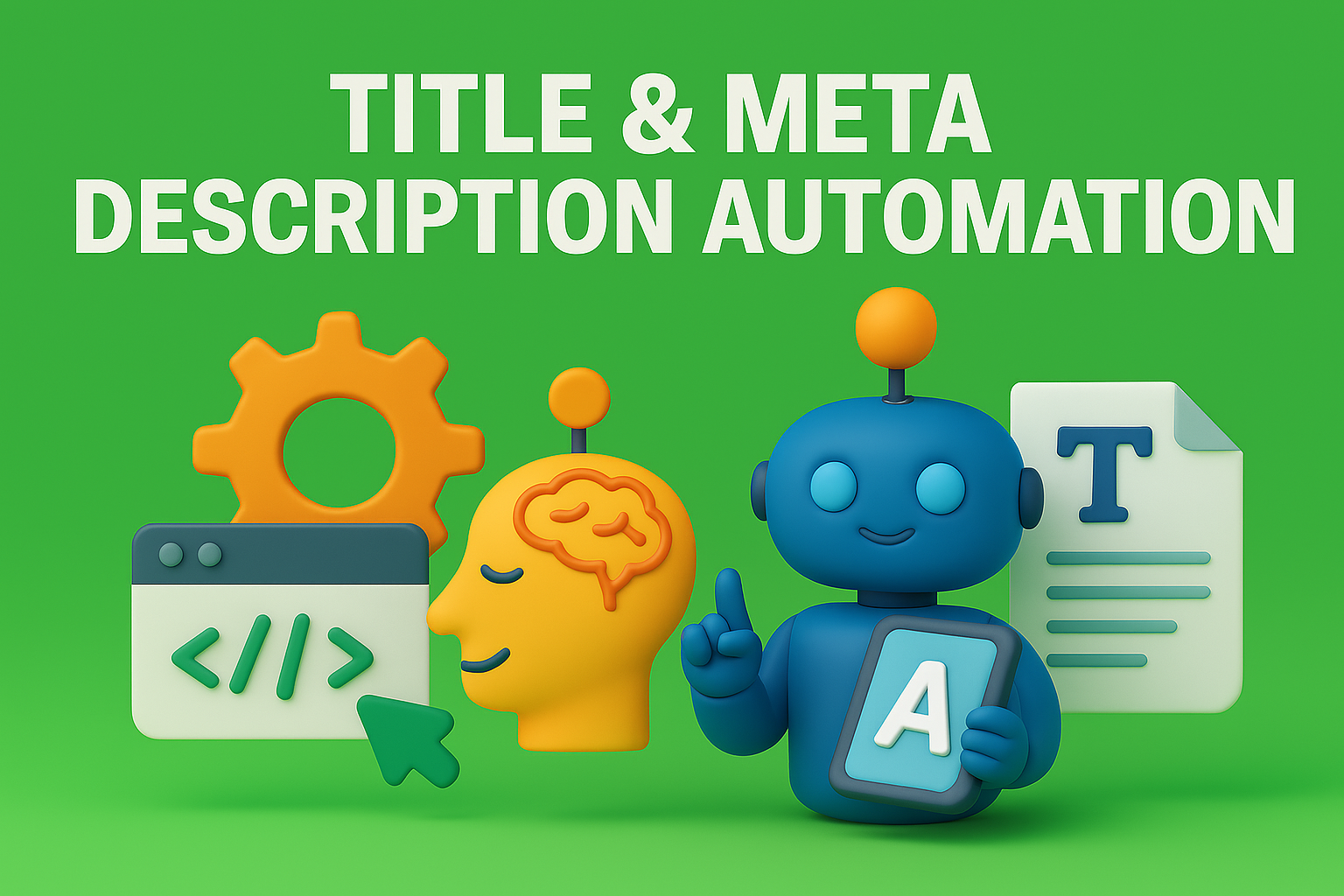The Role of Content Freshness in Long Term Ranking

Here’s What You’ll Learn in This Article You’ll uncover why keeping content updated is essential for long term ranking stability and how search engines reward pages that stay relevant. This summary highlights the core freshness signals Google values and the simple system used to refresh content strategically without burnout. Introduction When I think about the […]
What Is Topical Authority and How to Achieve It

Quick Summary: What This Blog Covers This blog explains what topical authority is and why it’s a crucial ranking factor in 2025. It covers how Google now rewards deep, interconnected content instead of isolated keywords. You’ll learn the step-by-step framework for building authority through topical maps, pillar clusters, internal linking, expert signals, and content freshness. […]
LinkedIn Articles vs Website Blogs: Which Helps SEO More?

Here’s What You’ll Learn in This Article This article compares the SEO impact of LinkedIn articles and website blogs, explaining how each platform contributes to visibility, authority, and engagement. You’ll learn why LinkedIn is ideal for short-term exposure and networking, while website blogs build long-term SEO strength. It also outlines how to combine both for […]
How I Use Topic Clusters for Semantic Authority

In today’s search landscape, ranking for competitive keywords takes more than just stuffing your blog with exact-match terms. The real key? Building topic clusters for semantic authority — a strategy that establishes your brand as a trusted source on a subject by organizing content into structured, interconnected clusters. This isn’t just theory — it’s exactly […]
Automating Title & Meta Description Generation: How I Do It Step-by-Step

When I first started optimizing content for SEO, crafting titles and meta descriptions was manual, repetitive, and time-consuming. But as my client base grew and content volume scaled up, I had to make a shift. That’s when I began to automate meta description generation — and it changed everything. Not only did it save hours […]
How to Repurpose Old Content for Maximum ROI

If you’re producing content consistently, chances are your site already holds a massive archive of blogs, guides, and articles. But most businesses forget this one powerful strategy: repurpose content for SEO. I’ve built entire traffic growth strategies not from writing more, but from repurposing what I already had—and doing it right. Repurposing old content not […]
Is Fiverr The Best Freelancing Platform of 2023?

The freelancing industry has grown a lot in the past ten years, and this growth is expected to keep going in the future. Predictions show that freelancers could make up to 80% of the global workforce by 2030. What used to be seen as something people did on the side or as a casual thing […]
How Do You Research A Blog Post?

It’s technical, and it’s a real thing. Yes, we are talking about researching a blog post. What is a blog post? According to Wikipedia, “A blog is a discussion or informational website published on the World Wide Web consisting of discrete, often informal diary-style text entries. Posts are typically displayed in reverse chronological order, so […]
How To Find Inspiration for Your Blog Posts

If you’re feeling stuck, but you know a blog post for your website is in order, do not worry. There are many ideas out there you can use to stop writer’s block. Let us go ahead and explore how you can find inspiration for your blog posts. 5 Unique Ways to Find Inspiration for Your […]
First Digital Marketing Job – What Should My Focus Be?

A digital marketer’s role places a gigantic responsibility on the shoulders of the person who bears the title. His/her performance can make or break the company’s marketing campaigns and lead generation flow. But don’t let the weight of the words you just read crack you if it’s your first time playing the field; you need […]
